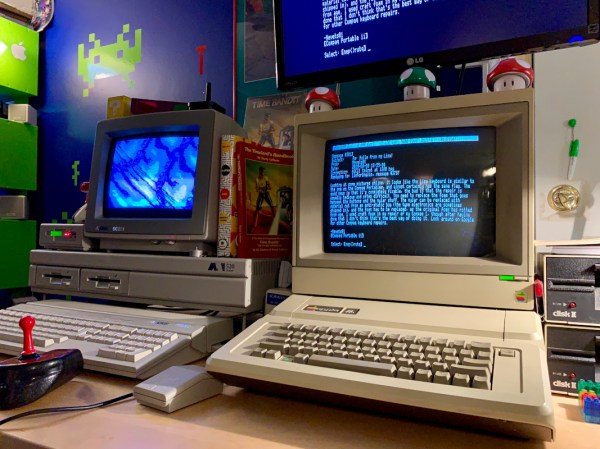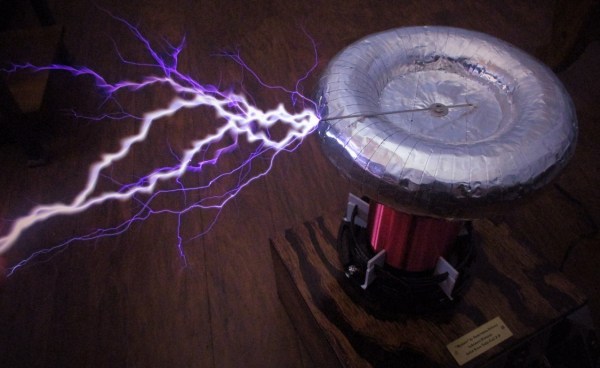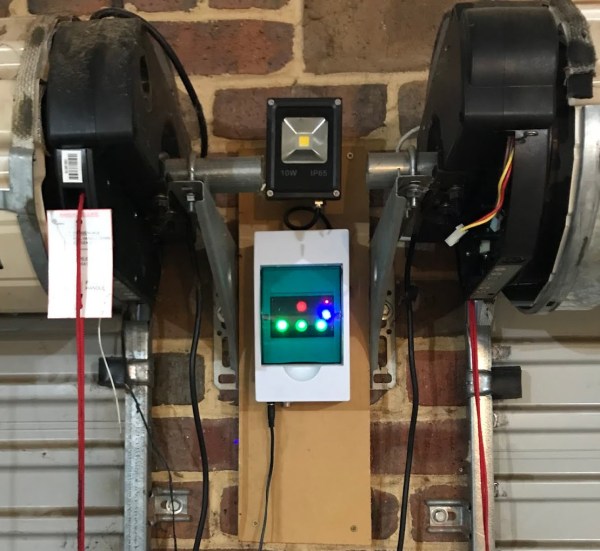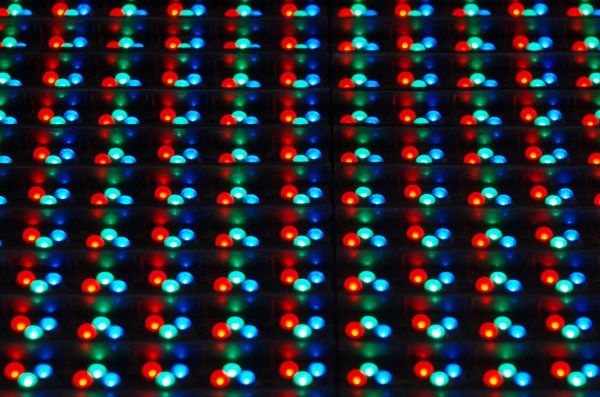Somewhere in the universe, there’s a place that lists every x86 operating system from scratch. Not just some bootloaders, or just a kernel stub, but documentation to build a fully functional, interrupt-handling, multitasking-capable OS. [Erik Helin and Adam Renberg] did just that by documenting every step in The Little Book About OS Development.
This is not your typical dry academic textbook. It’s a hands-on, step-by-step guide aimed at hackers, tinkerers, and developers who want to demystify kernel programming. The book walks you through setting up your environment, bootstrapping your OS, handling interrupts, implementing virtual memory, and even tackling system calls and multitasking. It provides just enough detail to get you started but leaves room for exploration – because, let’s be honest, half the fun is in figuring things out yourself.
Completeness and structure are two things that make this book stand out. Other OS dev guides may give you snippets and leave you to assemble the puzzle yourself. This book documents the entire process, including common pitfalls. If you’ve ever been lost in the weeds of segmentation, paging, or serial I/O, this is the map you need. You can read it online or fetch it as a single 75-page long PDF.
Mockup photo source: Matthieu Dixte




 What if a socket on your phone or laptop fails? First off, it could be due to dust or debris. There’s swabs you can buy to clean a USB-C connector; perhaps adding some isopropyl alcohol or other cleaning-suitable liquids, you can get to a “good enough” state. You can also reflow pins on your connector, equipped with hot air or a sharp soldering iron tip, as well as some flux – when it comes to mechanical failures, this tends to remedy them, even for a short period of time.
What if a socket on your phone or laptop fails? First off, it could be due to dust or debris. There’s swabs you can buy to clean a USB-C connector; perhaps adding some isopropyl alcohol or other cleaning-suitable liquids, you can get to a “good enough” state. You can also reflow pins on your connector, equipped with hot air or a sharp soldering iron tip, as well as some flux – when it comes to mechanical failures, this tends to remedy them, even for a short period of time.














